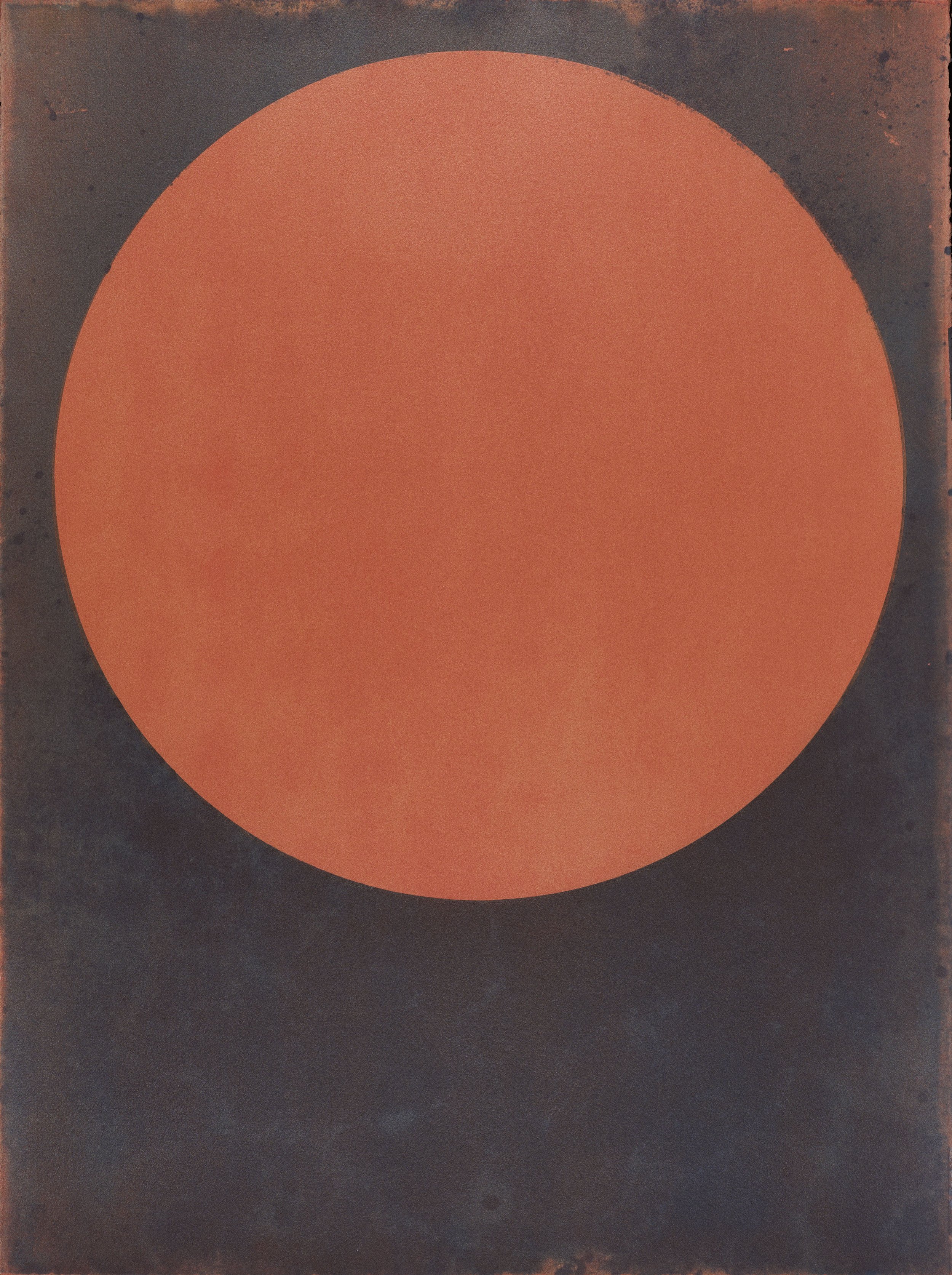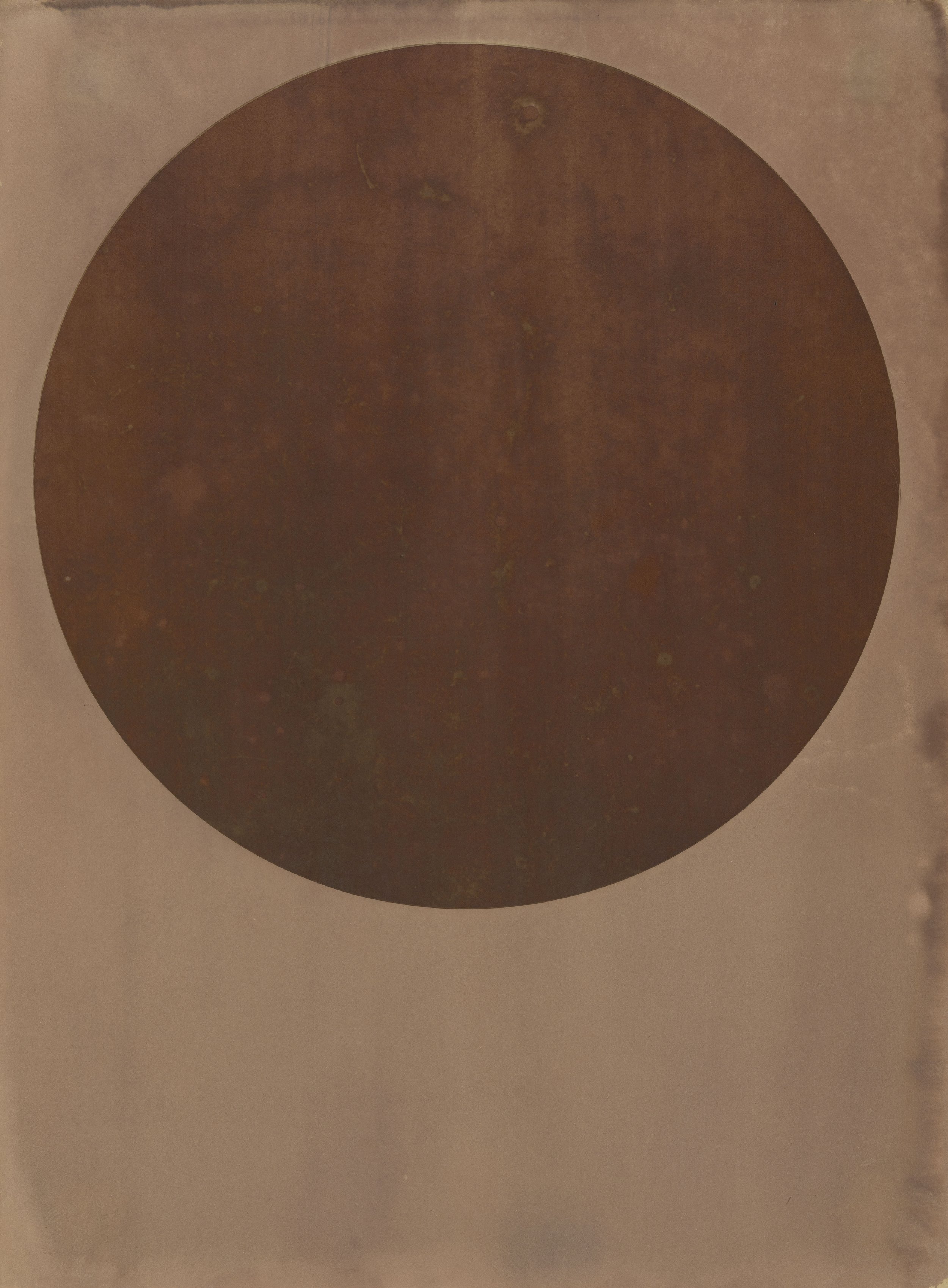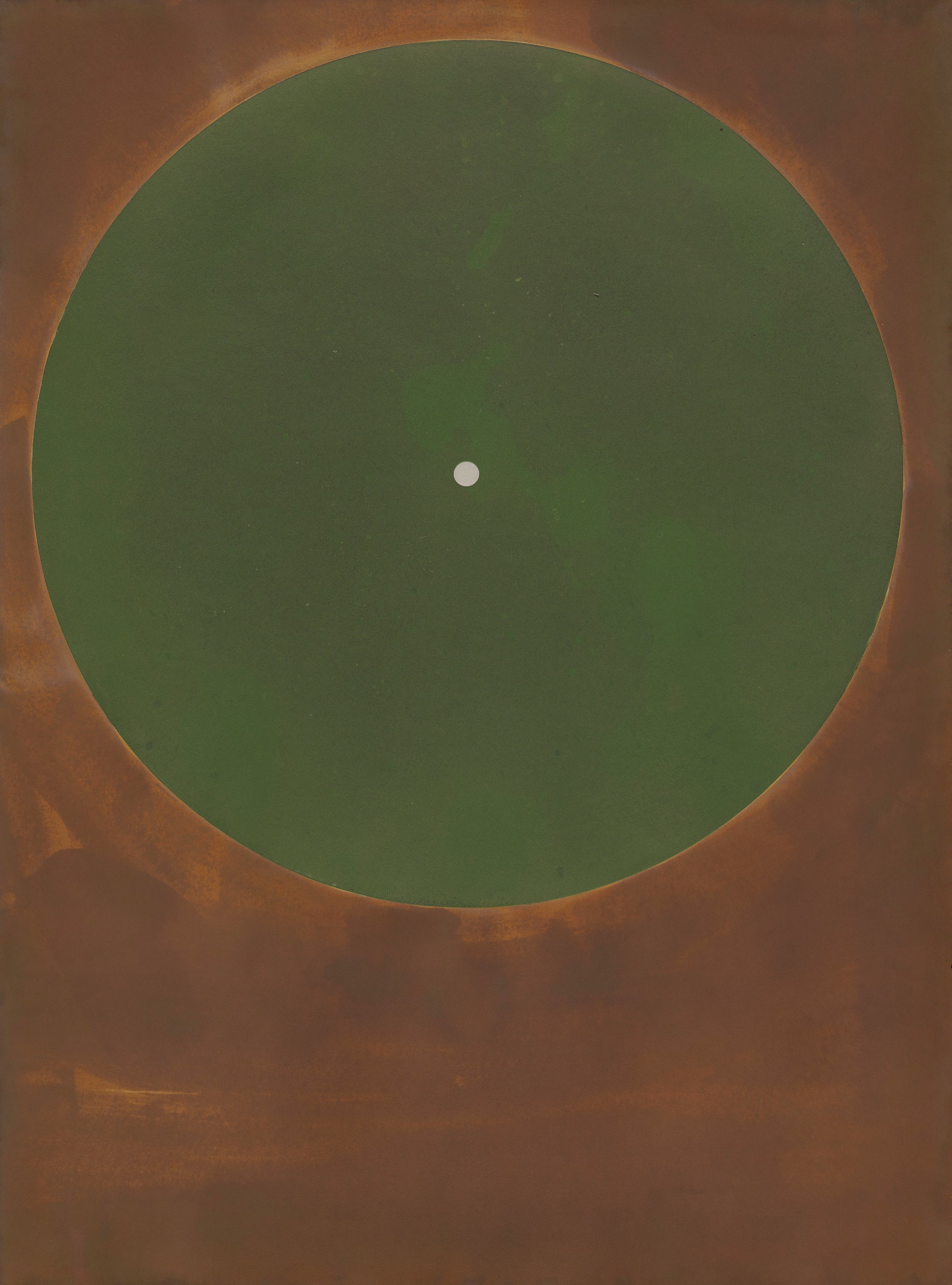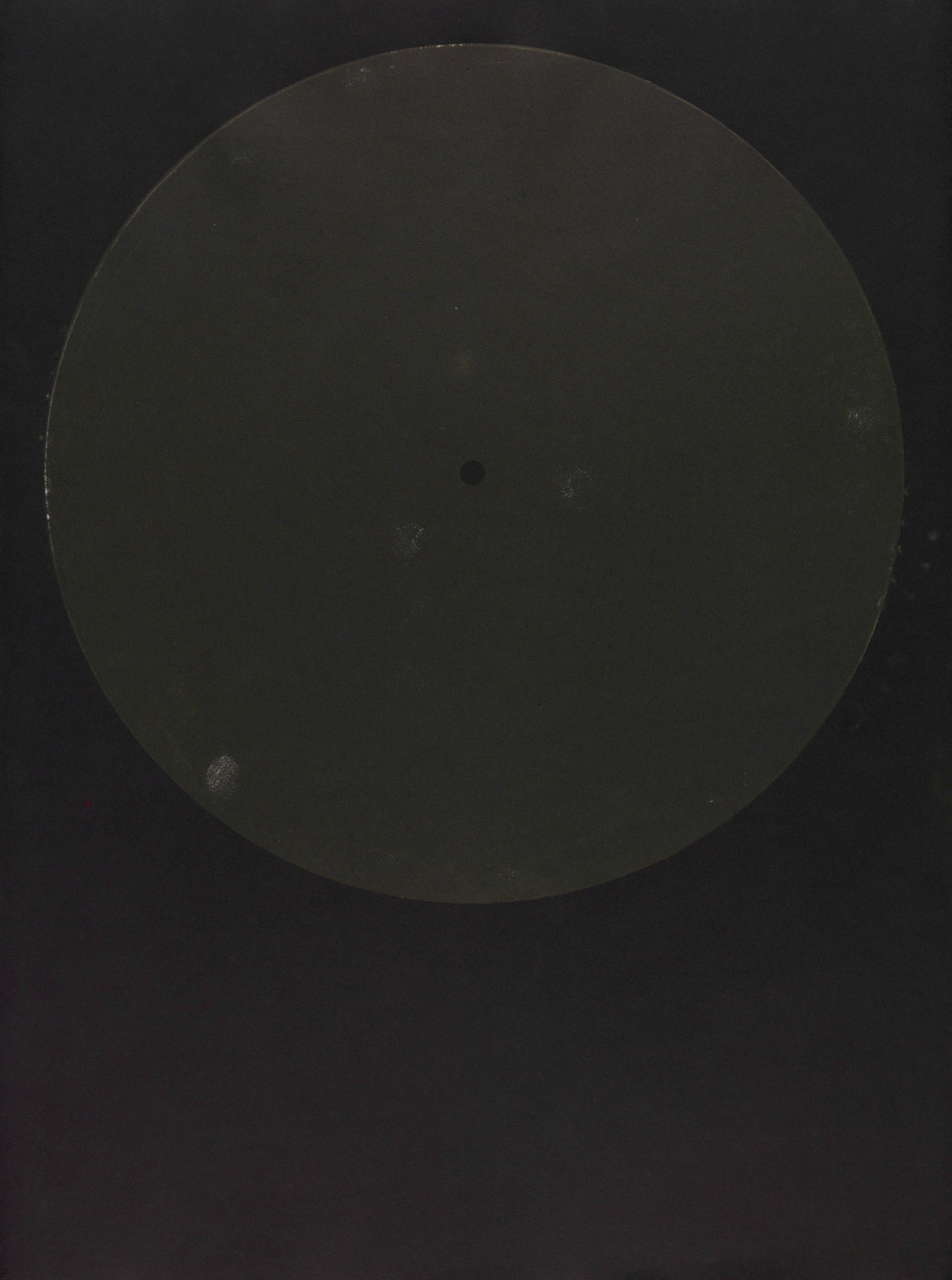
PORTALS II
Harrison D Walker
Nov. 1, 2024 – Jan. 4 2025
ABOUT THE EXHIBITION
Portals II marks Boston-based artist Harrison D. Walker’s second solo exhibition at Candela Gallery. Opening November 1st, this exhibition presents over 30 new works from Walker’s ongoing Portals project, offering a deeper dive into his evolving and primarily cameraless photographic practice.
Known for his meticulous experiments with a recurring circular motif, Walker began this series exploring ideas through photographic, printmaking, and drawing techniques. However, in this exhibition, Walker focuses on showcasing his innovative use of alternative photographic processes, building a body of work that reflects his ongoing dedication to experimentation and material exploration.
Through a process of blending Cyanotype, van Dyke brown, and gum Bichromate techniques, Walker creates richly layered compositions with a wide range of tonal and textural possibilities, allowing him to push the boundaries of what can be achieved within photo-based chemistry.
























ABOUT THE ARTIST
Harrison D. Walker (b. 1988) is an artist based in the Greater Boston area. He received an MFA in Photography from Tyler School of Art, Temple University, Philadelphia, PA, and is currently the Manager of Studio Operations at Harvard Art Museums.
Walker's research is driven by interests in the intersections of: The Printed Object, The Archive, Chemistry, Astronomy, and Chance. By employing the visual alchemy of printmaking, drawing, and photographic material, Walker creates forms that visually reference the celestial, the post-apocalyptic, and the otherworldly, evoking an experiential and emotional viewing understood through the meditative act of looking.
Portals are a series of print variations of a repeated circular form, similar to a Rorschach Test, intended to explore how the viewer perceives variations in texture, surface, color, image, and time. Each Portal is made with the principle of photogram and utilizes light and/or pressure, typically in combination with each other, to create endless variations. Each sheet of paper is coated with an emulsion or mixture of varying compositions, printed using photogram, monoprint, and collagraph techniques, drawn on, and/or physically altered to achieve each unique print.
